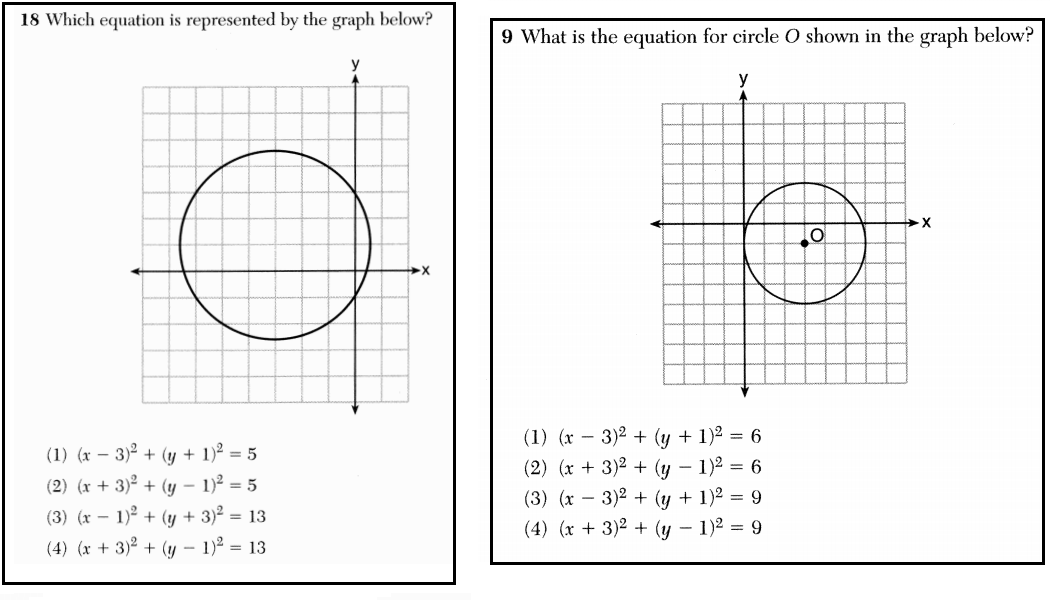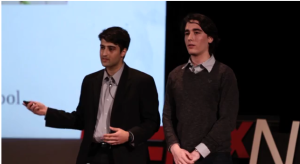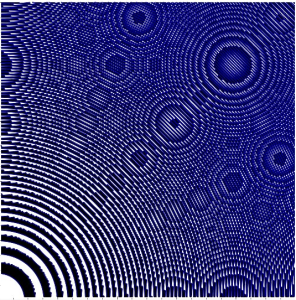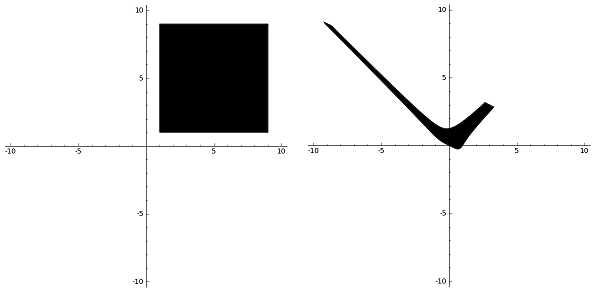Here is another installment in my series reviewing the NY State Regents exams in mathematics.
It’s probably unavoidable that large-scale standardized exams will contain errors. But some errors are more serious than others.
The New York math Regents exams consistently contain errors that demonstrate a lack of mathematical understanding on the part of the test-makers. These aren’t just “typos”, as administrators and politicians often suggest; they are serious conceptual errors, and they call into question the validity of these assessments.
Consider number 24 from the Geometry exam demonstrates several different kinds of errors.
The test-makers indicated that (2) is the correct answer. Presumably, they believe the acronym SAS stands for the Side-Angle-Side Similarity Theorem. However, SAS typically stands for the Side-Angle-Side Congruence Theorem. If a student interpreted SAS, SSS, and ASA in the usual way, i.e. as congruence theorems, then AA would be the only possible way to prove two (non-congruent) triangles similar, and thus (1) would be the correct answer.
Perhaps the test-makers might claim that the context of the problem, proving similarity, should have led students to assume the acronyms stood for similarity theorems. But, alas, there is no ASA similarity theorem. What were they thinking here?
More generally, “Which method could be used” is not a good mathematical question. Lots of different methods could be used. It’s not inconceivable that AA could be used to prove these triangle are similar, so how could that possibly be an incorrect answer to this question? Ultimately this question was thrown out, but not before thousands of students across the state had already taken their final exam. And even as they tossed the problem out, the state still refused to accept responsibility for publishing an erroneous question, hiding behind the old alternative methods defense:
Since there are alternative methods to prove that the two triangles given in Question 24 are similar, all students should be awarded credit for this question. (link)
Unfortunately, this is just the latest example of serious mathematical errors in NY State Regents exams.
[Update: An earlier version of this post criticized #25 on the Algebra 2 / Trig Exam. Thoughtful comments provoked me to re-examine my criticism, and also pointed to a different issue with this question, which can be found in a separate post.]





